Is Pesto Healthy? Types, Benefits, Nutrition, Recipes
Discover the delicious and nutritious goodness of this earthy Mediterranean staple.
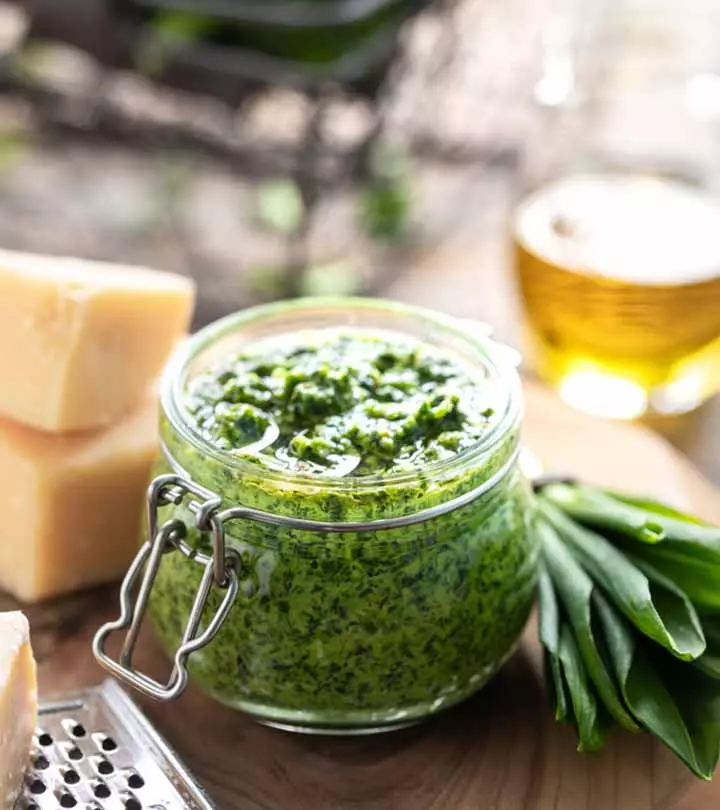
Image: Shutterstock
If you ever want to taste summer in a bowl, then you have to try some pesto! The aroma of freshly ground basil with extra-virgin olive oil and Parmigiano cheese wafting through the air, makes you salivate. Chances are you are quite the expert at making pesto, but even if you are trying it for the first time, fret not! Apart from its fantastic taste, pesto also has many health benefits. Read this article and discover all there is to know about pesto.
 Know Your Ingredient: Pesto
Know Your Ingredient: PestoWhat Is It?
An uncooked traditional Italian sauce made from crushed garlic, pine nuts, basil leaves, olive oil, salt, and parmesan cheese.
What Are Its Benefits?
It may improve blood sugar levels and skin health, reduce inflammation, and lower cholesterol levels
Who Can Consume It?
Anyone can consume this except people with a garlic or dairy allergy and those on a low-sodium diet.
How Often?
You can add 1 to 2 tablespoons of pesto to your food daily.
Caution
Excess and long-term consumption of pesto sauce may increase the risk of heart disease and stroke and cause an upset stomach.
In This Article
What Is Pesto?
Pesto is a traditional Italian sauce made from three simple ingredients— fresh basil, Parmesan cheese, and olive oil, making it an important part of the Mediterranean diet.
In some parts of Italy, like Genoa, in addition to these three ingredients, they also add pine nuts to give it a nice earthy and rustic flavor.
Unlike your alfredo or barbecue sauce, pesto is an uncooked sauce. All you do is grind up these three ingredients using a mortar and pestle or a food processor and voila! Pesto is ready! You can now add it to your favorite pasta, toast, or even use it as a dip for chips and nachos.
 Fun Fact
Fun FactThis easy-to-make sauce can be prepared in many ways, so lets us look at the different varieties of pesto.
Key Takeaways
- Pesto is rich in fats, protein, and calcium and is made from basil, olive oil, and parmesan cheese.
- It also has skin- and health-benefiting micronutrients like vitamins A, C, and E.
- While basil has anti-inflammatory properties, olive oil helps reduce diabetes and CVD risk.
Varieties Of Pesto
When it comes to pesto, you may belong to one of the two groups of people. In group one, you will find purists who will not modify the traditional recipe. In group two, you will find the more adventurous kind who enjoy experimenting with new recipes and adding a twist to traditional recipes. If you find yourself leaning towards group two, here are a few different types of pesto you can try.
- Pesto Alla Trapanese
Pesto Alla Trapanese is popular in the Sicilian region of Italy. In this variant of pesto, the holy trinity of ingredients (basil, parmesan cheese, and extra-virgin olive oil) remains the same. The twist comes in with the addition of Pachino tomatoes, garlic, and almonds. While the Pachino tomatoes give it a nice light and sweet flavor, almonds add a bit of earthy and nutty flavor to this variant of pesto.
- Pesto Agli Agrumi
This variety also comes from Sicily. Unlike its Trapenese cousin, the Agrumi has the juice of lemons or oranges instead of pine nuts. This gives it a nice fresh and zesty flavor that makes it ideal to pair with seafood pasta.
- Pesto Rosso
This variety of pesto does not use basil. Instead, it uses sundried tomatoes, roasted peppers, and rosemary. These ingredients make this variant of pesto a tad bit spicy and smoky to taste.
- Pesto Modenese
Popular to the northern regions of Italy, this variant of pesto is very different from some of the other varieties that you’ve read about so far. This uses cured pork lard as its main ingredient. It is mixed with Parmesan cheese, rosemary, black pepper, and garlic, which gives it a rich creamy consistency. This is ideal to pair with bread and can be used as a substitute for mozzarella in pizzas.
 Trivia
TriviaYou can also add herbs to your pesto sauce. The use of oregano in pesto provides more than just flavor. Here, noting oregano benefits will be really enriching, as it has natural antibacterial and anti-inflammatory properties, which can help support your immune system and overall health.
With so many varieties of pesto that are out there, you’re quite spoilt for choice. However, the traditional or classic pesto is the most consumed variety. Let us learn more about the nutrition facts of the traditional pesto.
Nutritional Facts Of Pesto
Nutritional values of traditional basil pesto per 100g (1)
| Name | Value Per 100g |
|---|---|
| Energy | 467 kcal |
| Protein | 6.67g |
| Total Fat | 64.67g |
| Carbohydrates | 6.67g |
| Dietary Fiber | 0.00 g |
| Total Sugar | 6.67g |
| Calcium | 133 mg |
| Iron | 0 |
| Sodium | 1200 mg |
| Vitamin C | 8 mg |
| Vitamin A | 667 IU |
As you can see from the above table, pesto is quite rich in calcium and has traces of vitamins A and C. However, these values are subject to change based on the additional ingredients that you can add to pesto.
If you’re thinking of adding pesto to your diet, you might want to know about some of its health benefits. Find out if pesto is good for your health, in the next section.
Health Benefits Of Pesto
The nutritional benefits of pesto are mostly derived from the ingredients that go into making that particular variety of pesto.
1. Anti-Inflammatory Properties
Traditional pesto uses basil, which is known to contain antioxidants and anti-inflammatory properties that help improve your immune system. In addition, it also contains vitamins A, C & E that are beneficial for improving your skin health. Basil is also known to have antimicrobial properties and is widely used in home remedies to treat cold and flu (2). Another ingredient that is used in pesto is olive oil. Olive is known to contain phenolic compounds that are anti-inflammatory and may help improve your overall health (3).
According to a study published in the NFS Journal in March 2022 that analyzed the antioxidant activity of 22 commercially available basil cultivars, there is a significant difference in the antioxidant capacities of basil varieties. The study analyzed the CUPRAC (cupric ion reducing antioxidant capacity) and ORAC (oxygen radical absorbance capacity) antioxidant capacities and found that ‘Corsican’ basil had the lowest CUPRAC antioxidant capacity while ‘Jolina’ basil had the highest. The ‘Medinette’ basil had the lowest ORAC antioxidant capacity while the Indian basil had the highest. See the graph to learn more.

Total Antioxidant Capacity Of Sweet Basil Varieties
Source: Chemotyping of commercially available basil (Ocimum basilicum L.) varieties: Cultivar and morphotype influence phenolic acid composition and antioxidant properties2. Good For Heart Health And Diabetes

Olive oil has also been associated with reducing the risk of cardiovascular diseases, and diabetes (3). Some varieties of pesto use almonds as an ingredient. Almonds are rich in potassium and low in sodium, which renders them helpful in regulating blood sugar and cholesterol levels. They also contain vitamin E and several other trace elements that are beneficial for your health. Studies also suggest that consuming almonds on a regular basis may help reduce the chances of cardiovascular diseases (4).
Some varieties of pesto use garlic, tomatoes, and pine nuts that are beneficial for your health in their own ways. Garlic is known to have antimicrobial properties and may be helpful in reducing the risk of cardiovascular diseases. It is also known to be helpful in regulating blood sugar levels and may also have anti-tumori The substances that can help stop the growth of abnormal cells and inhibit the formation of tumors or cancerous cells. properties (5).
3. Good For Your Skin

Tomatoes used in a certain variety of pesto (Pesto Alla Trapanese) are a rich source of vitamin A & C that are beneficial for your skin. They help with collagen synthesis and make your skin look younger. They are also known to improve liver function and help in the detoxification of your body (6).
This just goes to show that the more ingredients you add to your pesto, the greater is the nutritional value added to it.
While too much of something can be bad, let us understand if there are any side effects of eating pesto in the next section.
Allergies And Adverse Effects

Pesto in general is safe for consumption, but you must be sure of the additional ingredients that are added. If a certain variety of pesto contains nuts, people with nut allergies must stay away from eating it. Tree nuts such as pine nuts in pesto may cause anaphylactic shocki A response to a severe allergic reaction that causes blood pressure to drop and airways to narrow, which can lead to difficulty breathing. to those who are allergic (7).
Another possible side effect of pesto is the risk of a stomach upset by eating spoiled pesto.
Now, let’s see how much pesto is too much pesto.
Is Pesto Good For Weight Loss?
No, pesto isn’t good for weight loss since it’s high in fat and calories. Although olive oil is considered as good fat, ingredients like cheese make a huge difference when it comes to weight loss.
How Much Pesto Should You Eat?
There is no definite answer to how much pesto you should eat, as this completely depends on your lifestyle and body composition. The recommended calorie intake is 2,000 calories for men and 2,500 for women (8). There are about 467 calories in pesto and this accounts for nearly 20% of the daily required value (1). Traditional pesto recipes often use a significant amount of olive oil, which can contribute to weight gain if consumed in excess. Individuals with high cholesterol or heart disease should monitor their pesto intake and consider using reduced-fat alternatives or incorporating more vegetables into the recipe to dilute the fat content.
You can enjoy pesto in moderation and incorporate it into a balanced diet, you can savor its delicious flavor while reaping its potential health benefits.
Eating pesto can be a nice experience, but what if you want to save it for a later day? How do you store it and for how long can you store it?
How To Store Pesto Safely
Since homemade pesto is freshly made without any preservatives, it has a limited shelf-life. You can store it in an airtight container and it will remain edible for about a week. Some people even freeze freshly made pesto in the form of ice cubes that can be used later. Store-bought pesto comes with preservatives and can be stored for about 6 months in a refrigerator.
Having read through the varieties of pesto and their health benefits and side effects, you might be curious about preparing pesto. Let’s see how easy or difficult it is to get the pesto right.
How To Prepare Pesto
Preparing a healthy pesto sauce is as easy as 1,2,3 because that’s exactly the number of ingredients and steps involved in preparing pesto. Here is a simple recipe to prepare traditional pesto.
Ingredients required
- 2-3 bunches of fresh basil leaves
- 150 grams of aged Parmesan cheese (you can use regular Parmesan cheese if the aged variant is not available)
- 3 tablespoons of extra-virgin olive oil
Preparation
- Add all the ingredients to a blender and pulse it 2-3 times till it is a coarse paste.
- Pour into an airtight container and store in the refrigerator.
Rachel, a blogger, gives an interesting insight into her acquaintance with pesto. She said, “Watching someone with experience and skill make pesto with a pestle is as wonderful as the final dish (i).” She further explains, “I have made pesto alla Genovese with a pestle and mortar, or rather Vincenzo and I did together, me instructing, him pounding. It was a laborious task, but a satisfying one and the pesto was fragrant with real texture.”
Wasn’t that quick? Now let’s look at some easy-to-make pesto recipes in the next section.
 Quick Tip
Quick TipHealthy Pesto Recipes To Try
Here are a couple of quick and simple recipes for you to try. First up is a pasta recipe.
Pesto Pasta
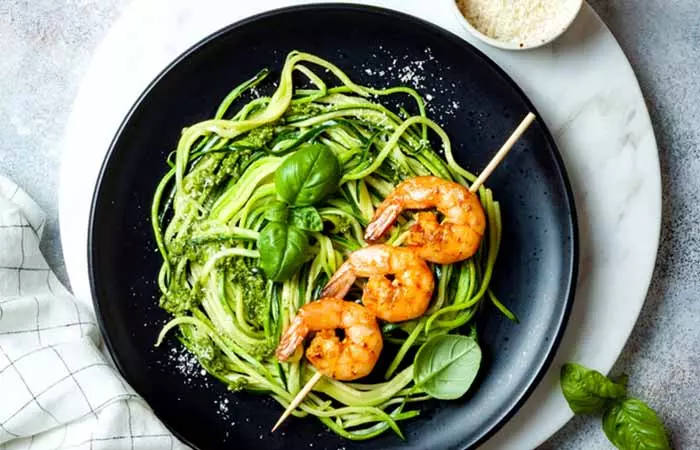
Ingredients Required
- ½ cup of chopped onions
- 2 ½ tablespoons of pesto
- 3 cups of water
- 2 tablespoons of extra-virgin olive oil (or regular olive oil)
- 2 tablespoons of grated Parmesan cheese
- 150g of pasta of your choice
- Salt and pepper to taste
Preparation
- In a large pot, boil water, add pasta, and cook until done. Set it aside.
- Simultaneously, heat olive oil in a pan. Add all the remaining ingredients and cook till the onions are soft.
- Once the onions are soft, add the pasta and mix all the ingredients together.
- Transfer the contents to a bowl, grate parmesan cheese and enjoy.
Another recipe you can try is a pesto grilled cheese sandwich.
Pesto Grilled Cheese Sandwich

Ingredients Required
- 2 tablespoons of pesto
- Half an onion diced
- Half a bell pepper diced
- 1 small chili pepper finely chopped
- 2 slices of cheese of your choice
- 2 slices of bread of your choice
- 1 tablespoon of butter
- Half a cup of boiled potatoes (can use unseasoned mashed potatoes as well)
- Salt and pepper to taste
Preparation
- In a large bowl add all the vegetables, salt, and pepper and mix them well to form a dough-like consistency.
- Make a patty out of the dough and set it aside.
- Heat a non-stick frying pan and add butter to it. Now add the slices of bread and lightly toast them.
- Now take the pesto and spread it on the non-toasted side of the bread. Add the patties and cheese slices.
- Place the bread back on the nonstick pan and toast till the cheese melts.
- Serve with a side of ranch or ketchup and enjoy.
Those were some easy, lip-smacking recipes for you to try.
In conclusion, pesto is a traditional Italian uncooked sauce that can be added to a wide variety of dishes and savored. Traditionally, it is made with fresh basil, aged parmesan cheese, and extra-virgin olive oil. However, across the various regions of Italy, you will find that this recipe changes. Some regions use pine nuts, while some others use lemons and oranges to make pesto. If you were reconsidering adding it to your diet because of the question, “is pesto healthy?”, you have the answer. Most of the health benefits of pesto come from the ingredients that are used in its preparation. It is generally safe to eat pesto, however, if a particular variety of pesto contains nuts, it must be avoided by those who have nut allergies.
Frequently Asked Questions
Is red or green pesto better?
Red pesto is better than green pesto. Red pesto contains heart-healthy monounsaturated fatsi A type of healthy dietary fat that can help lower bad cholesterol. It is found in olive oil, nuts, and seeds. , which make it more satiating.
Is pesto keto-friendly?
Yes, pesto is keto-friendly.
Is pesto hard on the stomach?
The intake of pesto in moderation has many health benefits, but its excessive consumption may lead to an upset stomach.
Illustration: Is Pesto Healthy? Types, Benefits, Nutrition, Recipes
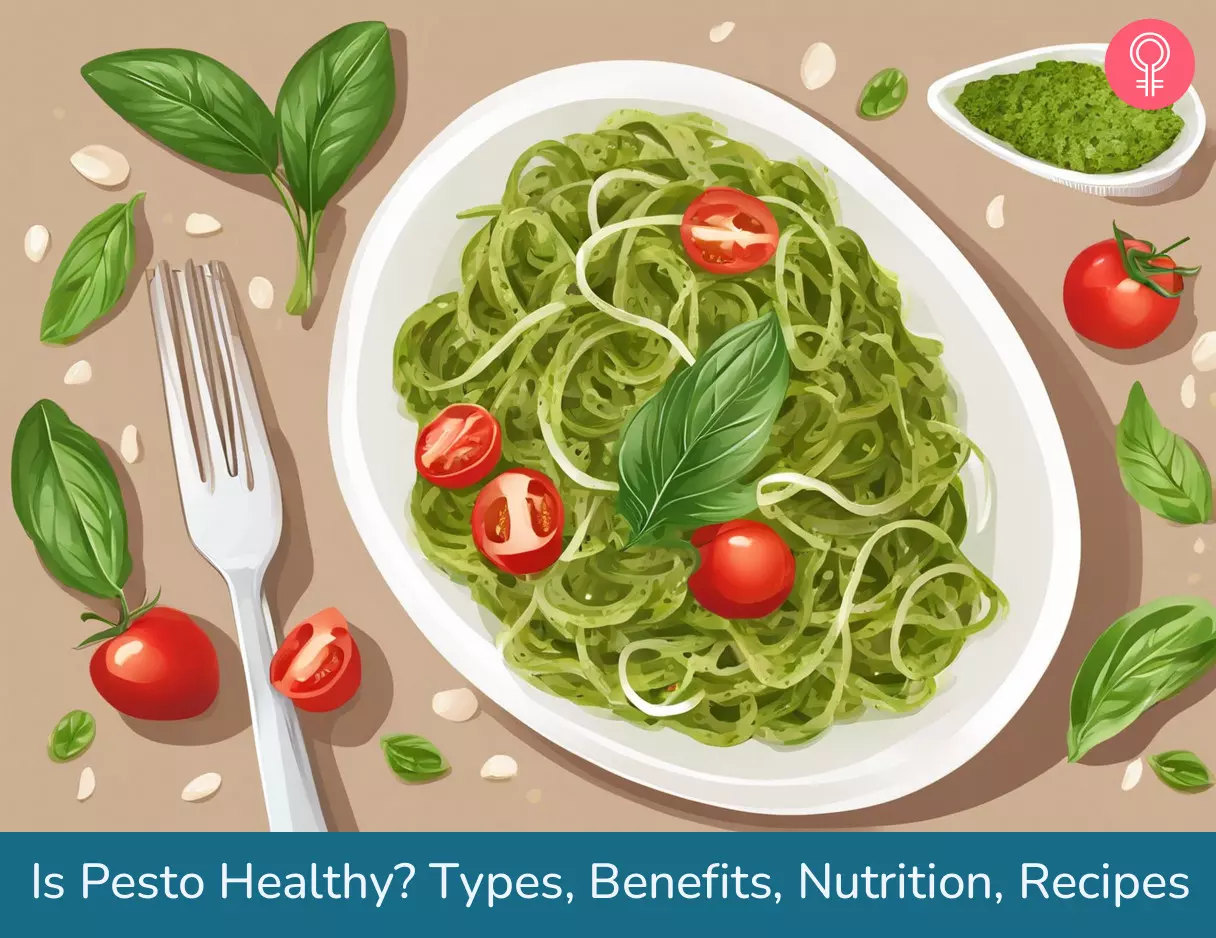
Image: Stable Diffusion/StyleCraze Design Team
Experience the authentic taste of Italy with this video on traditional pesto. Check it out to learn the secrets of Italian cooking and make your own delicious pesto at home.
Personal Experience: Source
StyleCraze's articles are interwoven with authentic personal narratives that provide depth and resonance to our content. Below are the sources of the personal accounts referenced in this article.
i. pound and pulsehttps://racheleats.wordpress.com/2015/06/30/pound-and-pulse/
References
Articles on StyleCraze are backed by verified information from peer-reviewed and academic research papers, reputed organizations, research institutions, and medical associations to ensure accuracy and relevance. Read our editorial policy to learn more.
- Traditional Basil Pesto
https://fdc.nal.usda.gov/fdc-app.html#/food-details/504304/nutrients - Basil: A Natural Source Of Antioxidants And Neutraceuticals
https://www.researchgate.net/publication/267031488_Basil_A_natural_source_of_antioxidants_and_neutraceuticals - Potential Health Benefits And Components Of Olive Oil: An Overview
https://www.researchgate.net/publication/346339068_Potential_health_benefits_and_components_of_olive_oil_An_overview - The Nutritional And Health Benefits Of Almonds: A Healthy Food Choice
https://www.researchgate.net/publication/250058086_The_nutritional_and_health_benefits_of_almonds_a_healthy_food_choice - Garlic: A Review Of Potential Therapeutic Effects
https://www.ncbi.nlm.nih.gov/labs/pmc/articles/PMC4103721/ - Tomato-A Natural Medicine And Its Health Benefits
https://www.researchgate.net/publication/285176270_Tomato-A_Natural_Medicine_and_Its_Health_Benefits_INTRODUCTION_Tomatoes_are_a_member_of - Risk Of Peanut- And Tree-Nut–Induced Anaphylaxis During Halloween Easter And Other Cultural Holidays In Canadian Children
https://www.researchgate.net/publication/344329769_Risk_of_peanut-_and_tree-nut-induced_anaphylaxis_during_Halloween_Easter_and_other_cultural_holidays_in_Canadian_children - What Should My Daily Intake Of Calories Be?
https://www.nhs.uk/live-well/healthy-weight/managing-your-weight/understanding-calories/
Read full bio of Mayuri Aavula
Read full bio of Varsha Patnaik
Read full bio of Ravi Teja Tadimalla
Read full bio of Payal Karnik





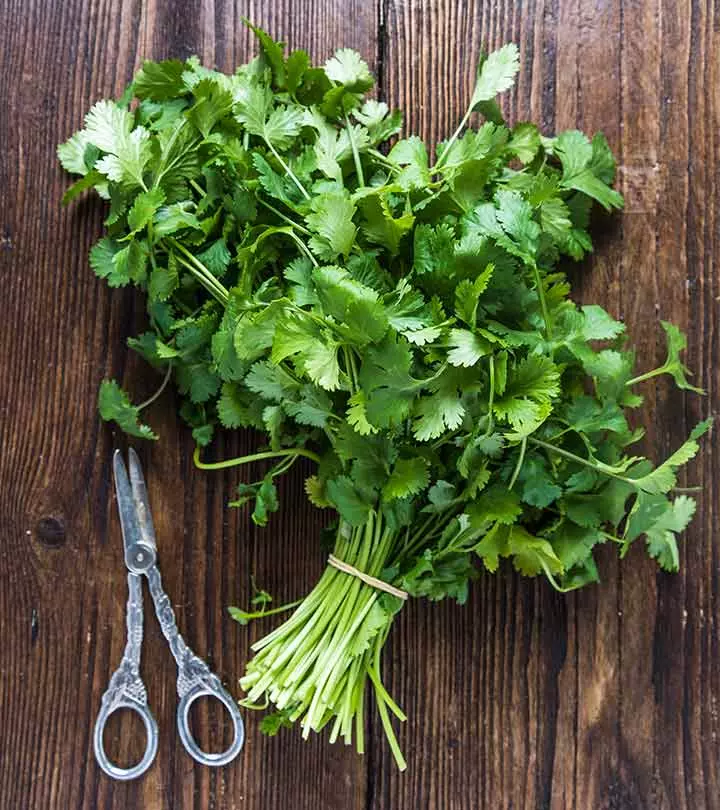

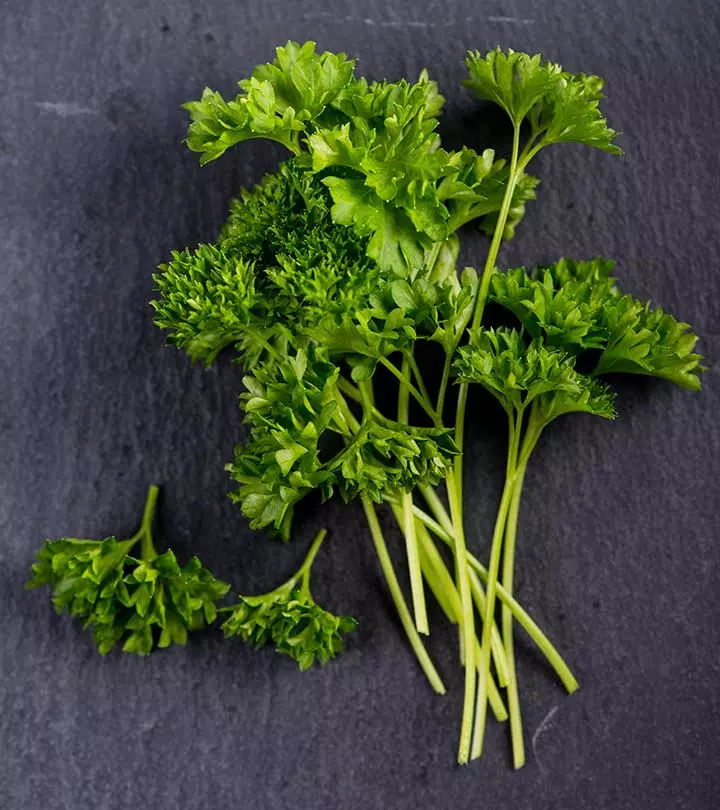

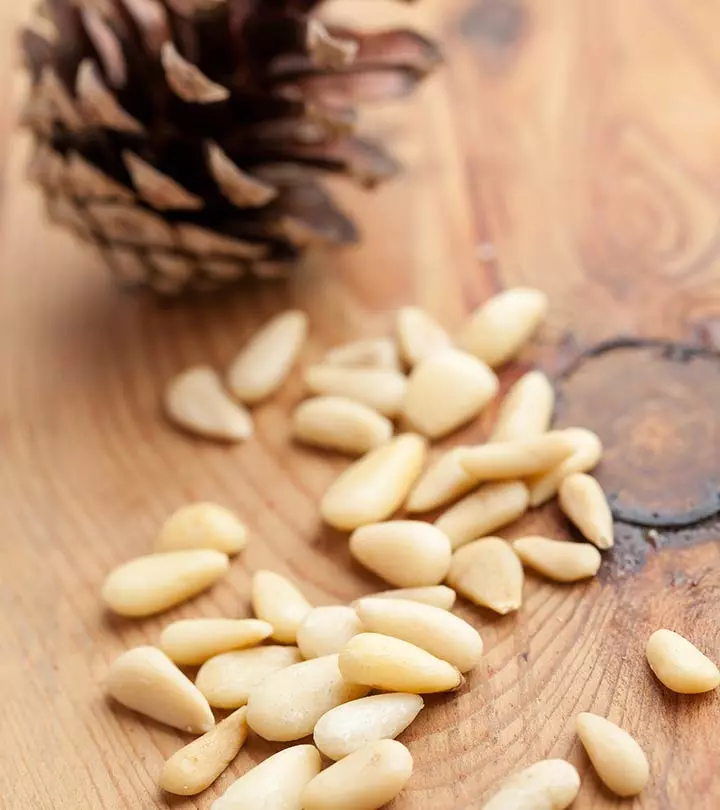
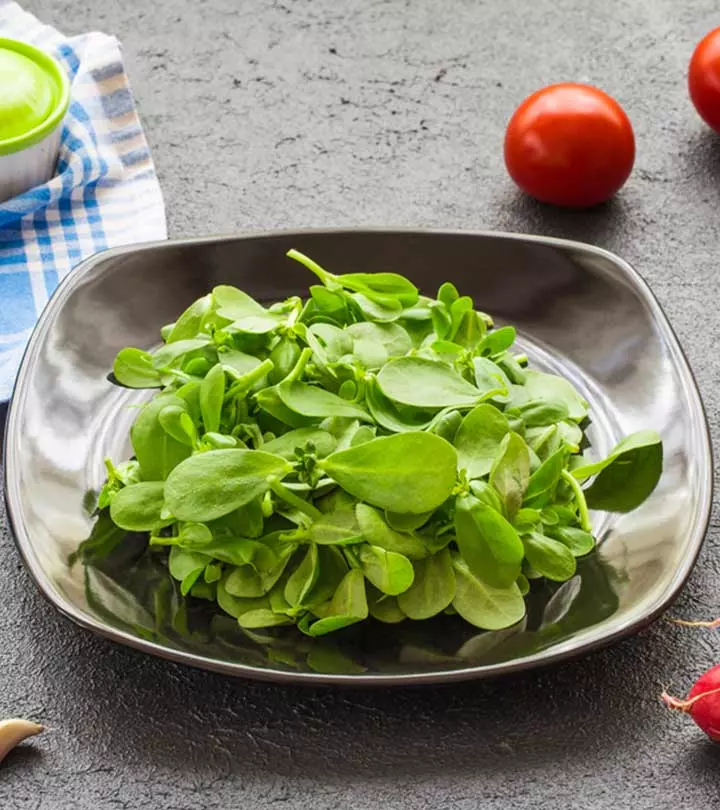
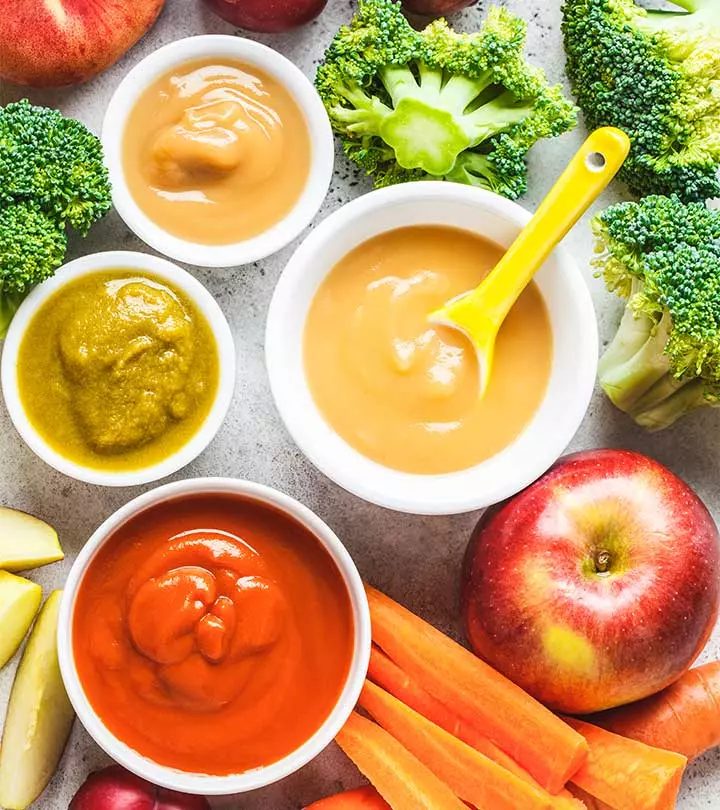
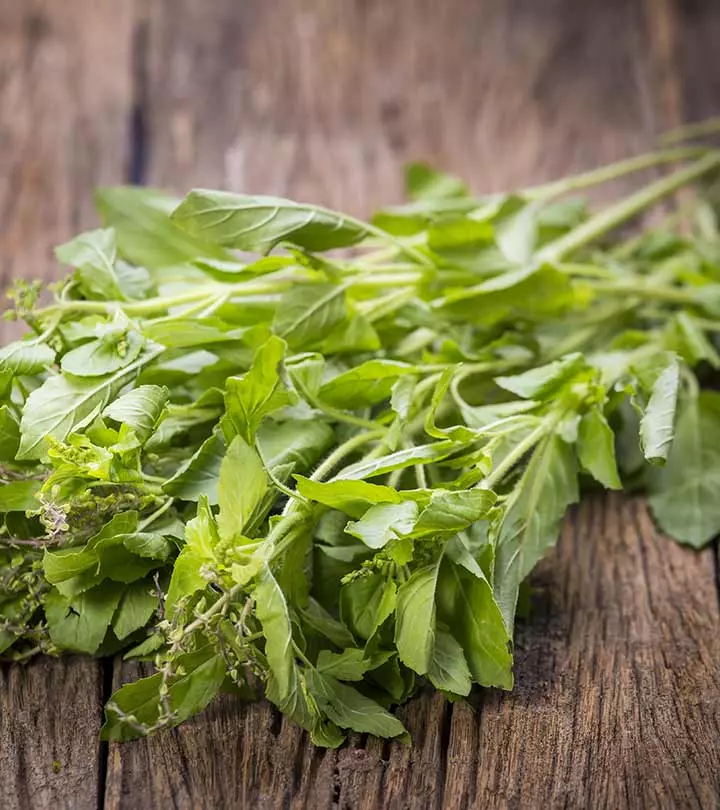
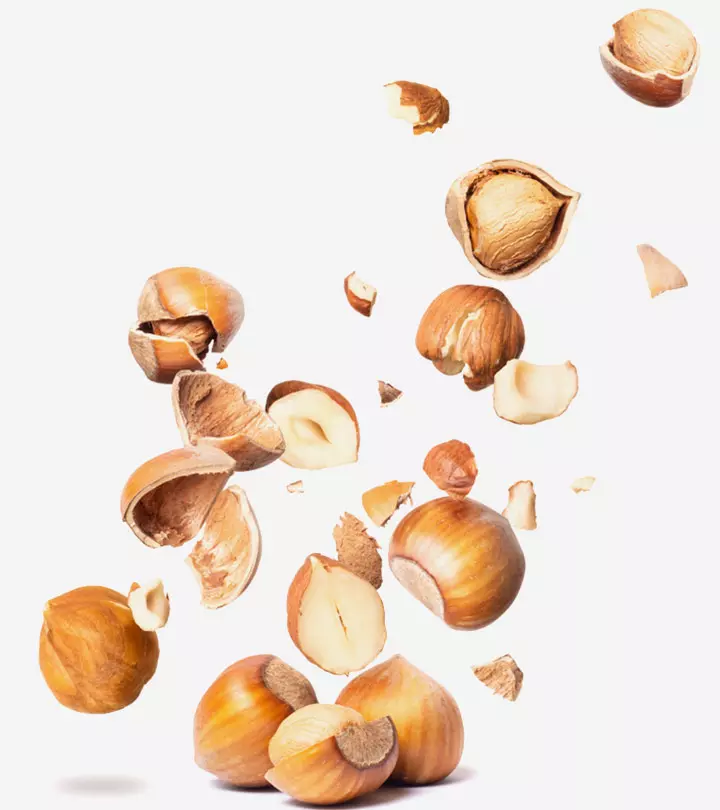
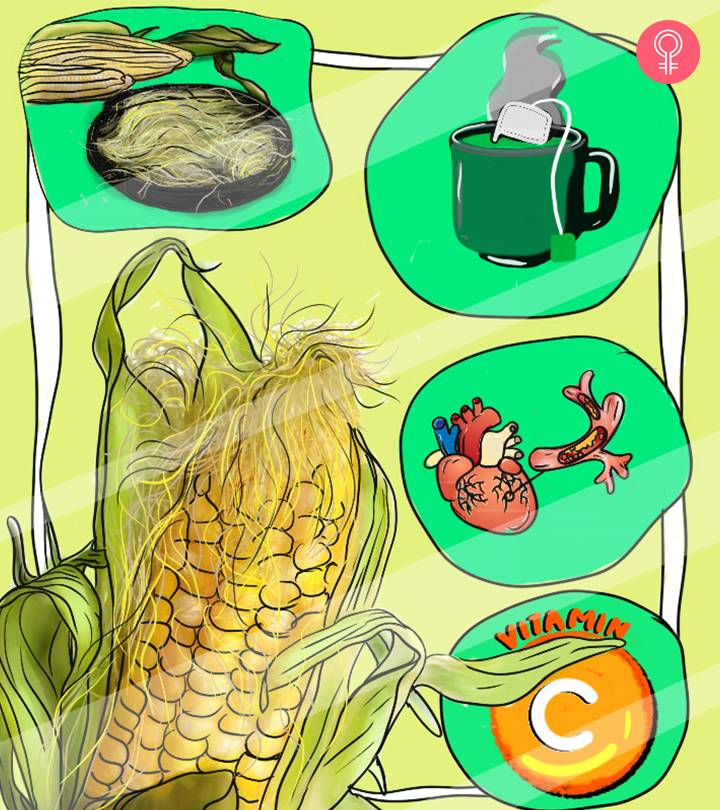

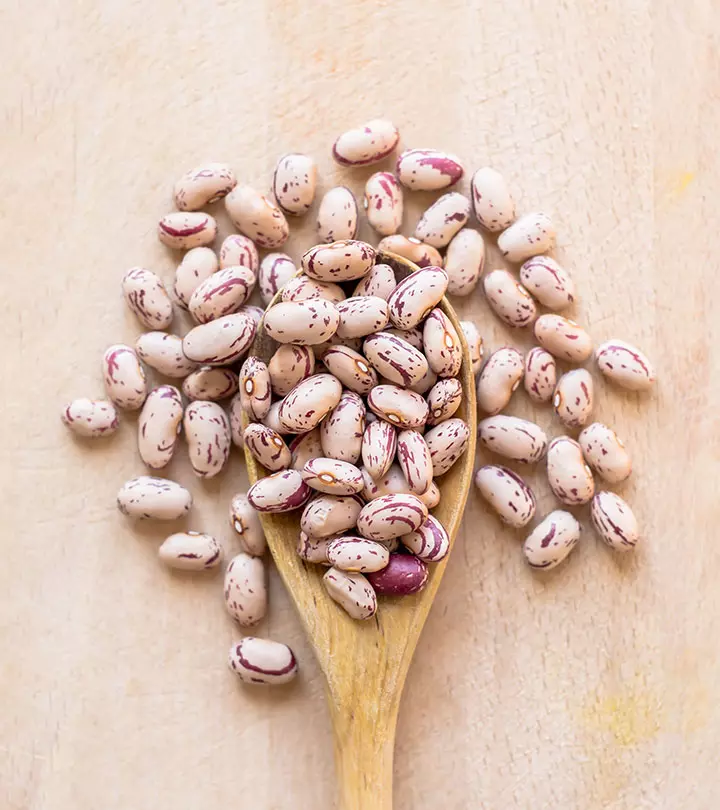
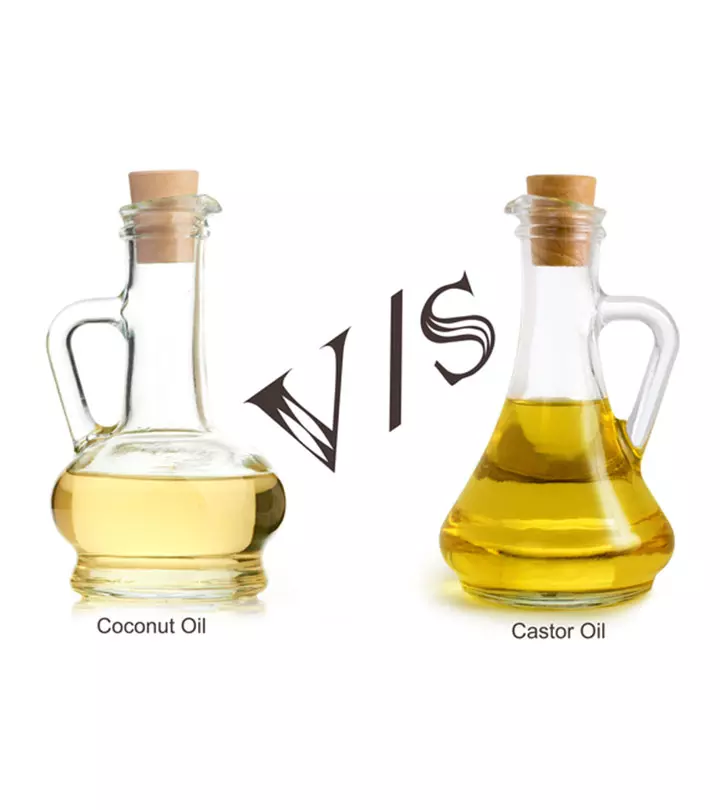
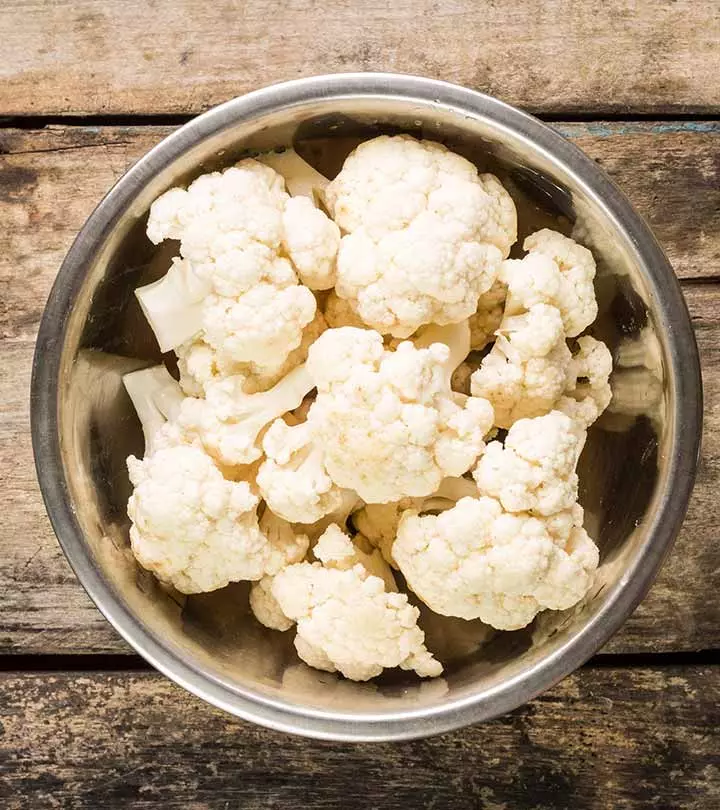

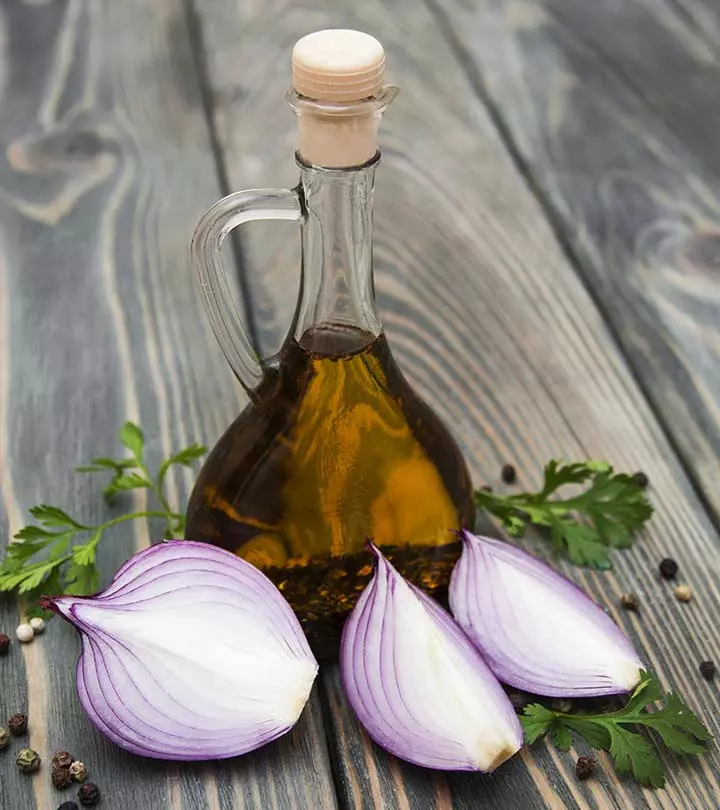
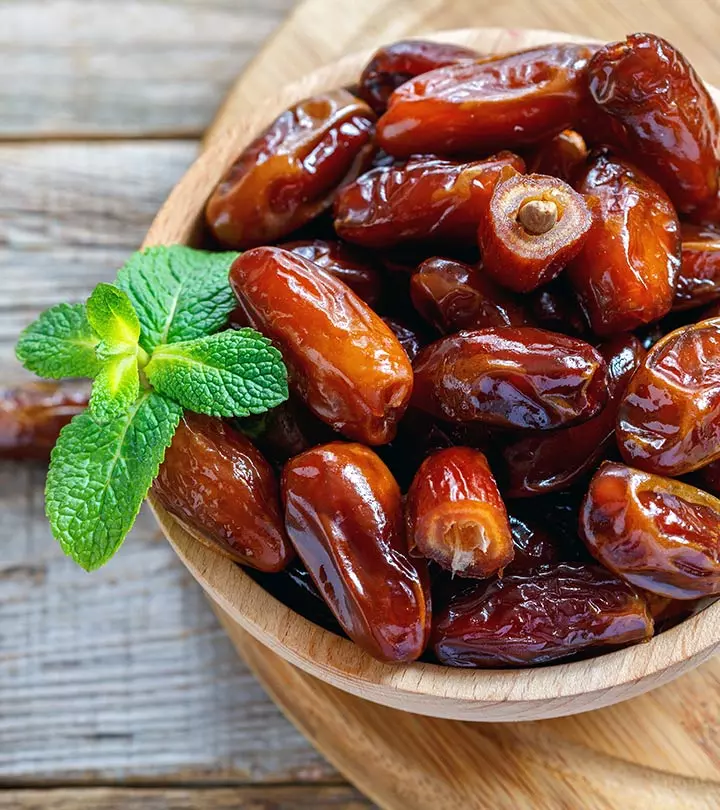

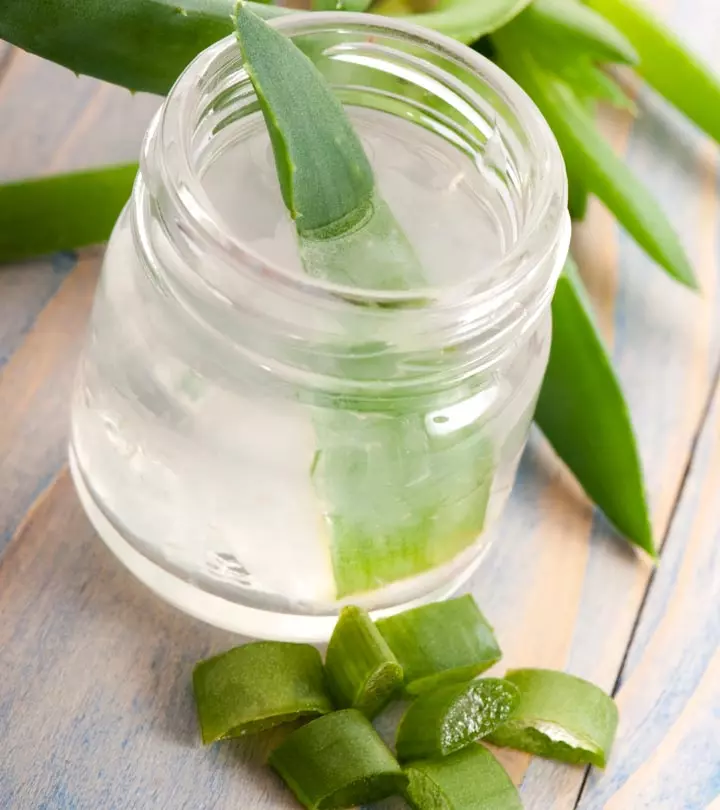
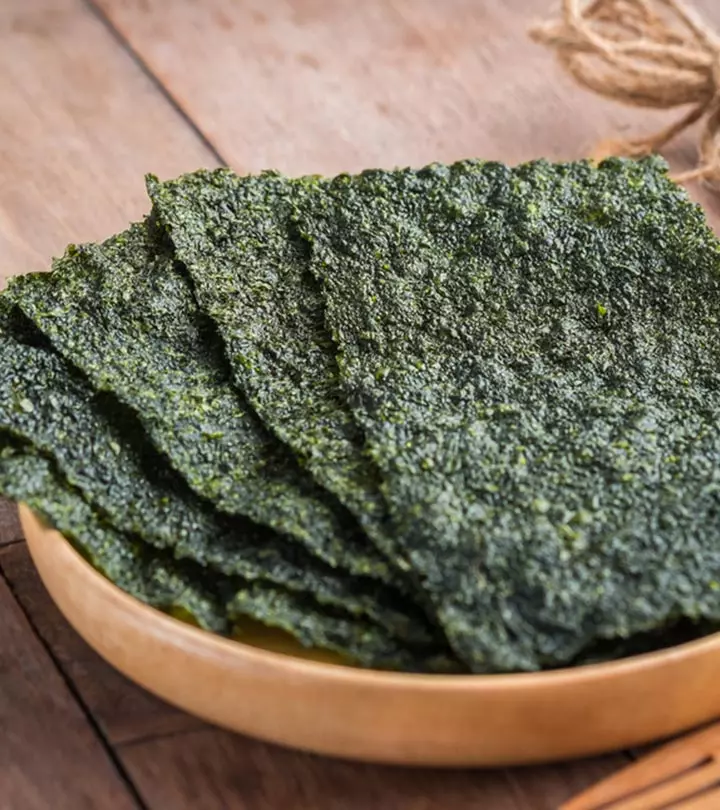
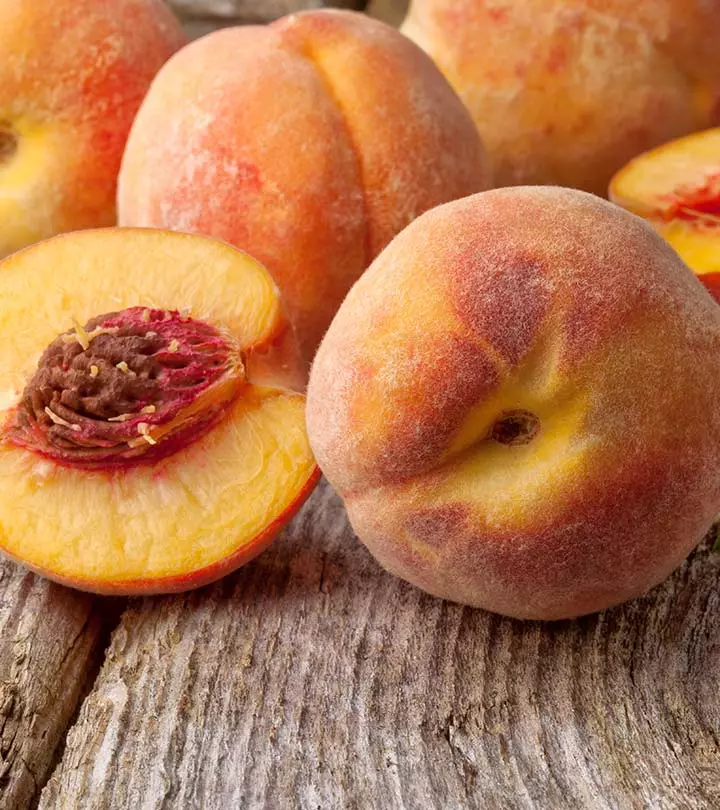
Community Experiences
Join the conversation and become a part of our empowering community! Share your stories, experiences, and insights to connect with other beauty, lifestyle, and health enthusiasts.